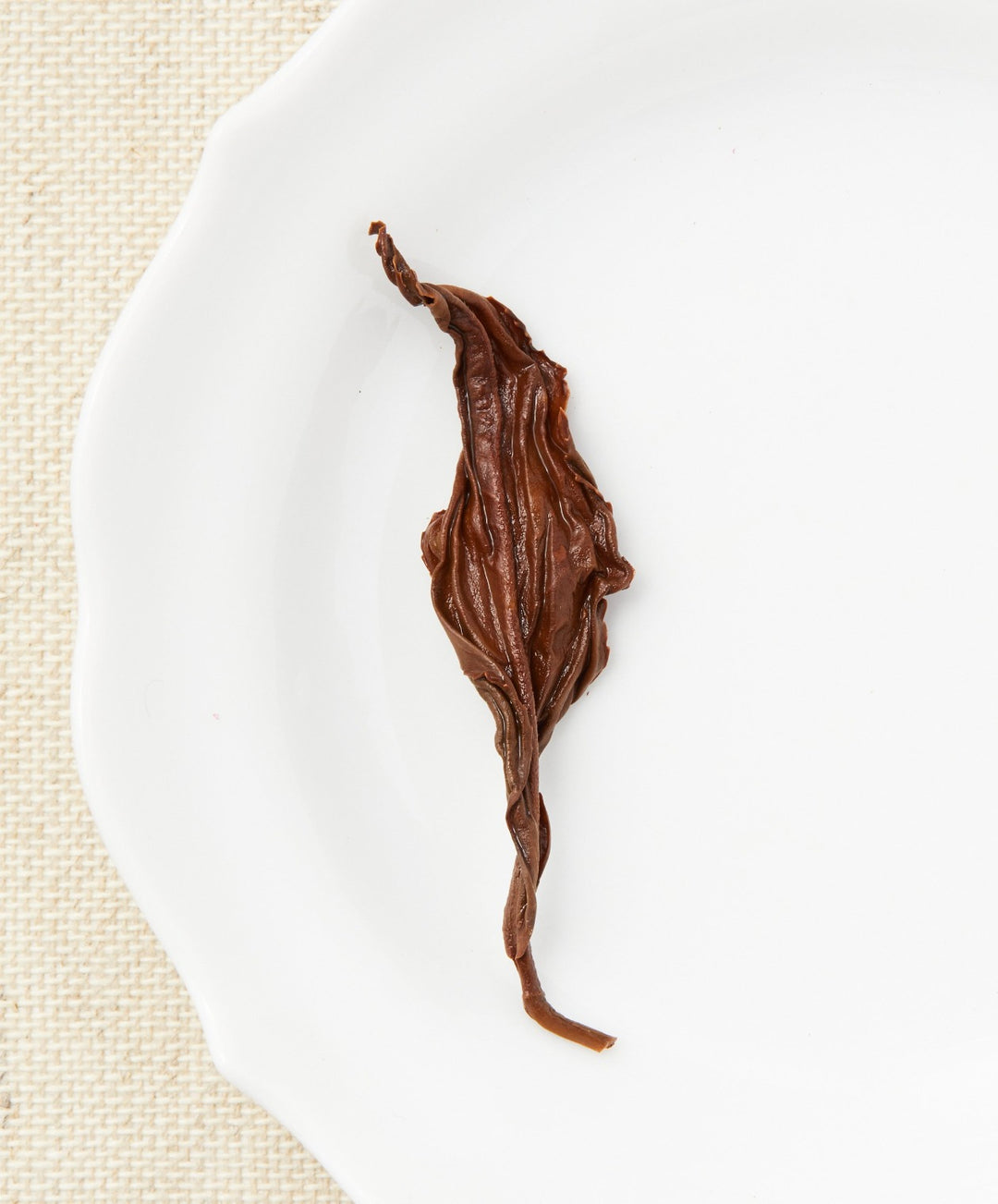Origin of Taiwanese Black Tea
Black tea production was introduced to Taiwan during the Japanese occupation (1895-1945). Gifted with the natural terroir advantage in tea cultivation, Taiwan was already producing and exporting teas when the Japanese arrived, though most were oolongs.
In an effort to protect their green tea export, the Japanese suppressed the production of lightly oxidized oolongs (a lighter, grassier and floral oolongs) in Taiwan to avoid competition on the global market with Japanese green tea. Instead, they promoted black tea production in order to capture the western tea palate.


In 1923, the agricultural department of Taiwan under Japanese rule imported Assam tea varieties from India and distributed the seeds to be cultivated in 4 different regions, 3 in different regions of Taiwan and 1 region in Japan. The soil rich hillside of Sun Moon Lake region, 600-800 meter above sea elevation, offered shorter sun exposure and misty humidity became the most successful black tea production site out of the 4 regions. In 1936, Taiwan Tea Research Extension Station (TRES) officially setup their research center in Yuchi Township of Nantou, dedicated to black tea cultivation and production until today.
Due to the heavy investment and promotion of black tea production during the Japanese era, many Taiwanese tea regions cultivated black teas for export, including Shimen on the northern coast, Guanxi of northwest, and in the southeast region of Taitung. Although Taiwan is best known for its oolong tea since the 19th century, by year 1937 black tea accounted for more than half of its overall production.

The End of Black Tea Export
The black tea industry of Taiwan prospered for many decades before coming to a halt when Taiwan was forced out of the United Nation in 1971. Post WWII, Japanese occupation had ended and Taiwan was returned to the Republic of China. By 1949, Taiwan became the de facto territory of the Republic of China when Chiang Kai Shek retreated to Taiwan and declared Taipei as its temporary capital after losing the Civil War to Communist Mao. In 1971, Taiwan lost its global status and its official diplomatic relationships with most countries as the UN recognized the People's Republic of China's One-China policy. This made trading high quality Taiwanese black tea on the global market increasingly expensive and therefore dwindling the demand. Many black tea producing families started to make oolong tea instead to satisfy the local palate. Unfortunately, many went out of business and the heyday of global black tea commerce never retuned to Taiwan since then.
Modern Day Black Teas in Taiwan
At the start of the new millennium, local Taiwanese began to show interest in black teas for it is milder on the digestive system compared to greener oolongs like Baozhong or high mountain oolongs. Newer and younger tea producers collaborated with the TRES to create new varieties of black tea, such as honey scented or bug bitten black tea like Blossom Dearie. TRES also released new cultivars, TRES #18 in 1999 and TRES #21 in 2008, both intended for quality black tea production. Although black tea is still a small portion of Taiwan's overall tea production today, the selections and varieties have increased dramatically in the last decade.
Famous Taiwanese Black Teas
There are a few notable tea cultivars used for making Taiwanese black teas, including Ying Zhi Hong Xin in northern Taiwan, TRES #8 Assam (seed selected from the Indian Assam tea cultivar Jaipuri), TRES #18 Hong Yu or Red Jade and TRES #21 Hong Yun in the central and southern Taiwan. The most famous style today is the TRES #18 which we named Jade Rouge.
Sun Moon Lake in Yuchi is now the dominant black tea producing region of Taiwan, though many small black tea producers are dotted throughout the island.
Brewing Taiwanese Black Teas at home
We have curated a small selections of these notable black teas for you, each made from a different cultivar and producing regions on the island. Brew and sip while you read up on the history of Taiwanese tea. Enjoy!
